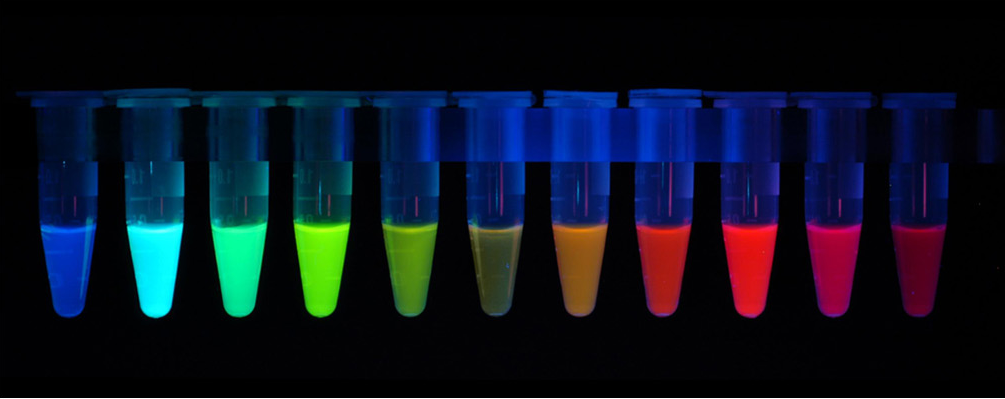Congrats to Roger Tsien for winning a share of this year’s Nobel Prize in chemistry. Tsien was honored for unraveling the mechanisms of green fluorescent protein (GFP), and more importantly for developing a dizzying array of GFP variants that work more efficiently and emit different colors of light.
It’s particularly exciting to see scientists rewarded for developing tools that transform the way we do our work. It’s hard to overstate the importance of GFP and its cousins for modern biology. They have revolutionized methods for the imaging of living materials – allowing us to follow the dynamics of individual cells and even molecules, and leading to countless new discoveries.
But all that aside – fluorescent proteins are just f***ing cool. They were originally isolated from jellyfish by Osamu Shimomura (one of the other two scientists who won the prize with Tsien) – part of the mechanism that gives jellyfish their etherial glow. When Roger Chalfie (who was the 3rd prize recipient) and Doug Prasher (who unfortunately was not one of the chosen 3) first heard about GFP they didn’t just marvel at the mysteries of nature, they immediately thought of ways they could use it in the lab. It’s an inherrently wonderful – and I think not generally appreciated by the public – aspect of biological research that so much of what we do in the lab on a day by day basis epxloits the cool molecules and processes that evolution has invented.

One Comment